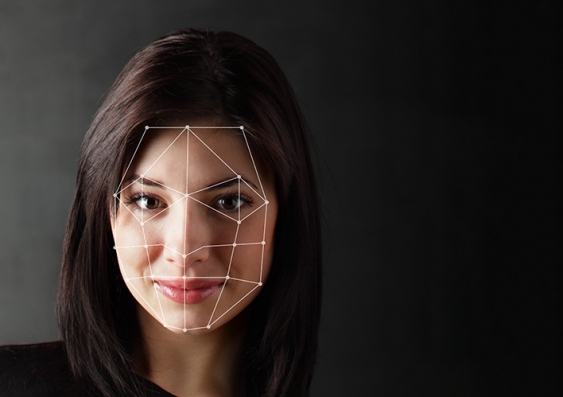The six-minute training hack that can improve face recognition skills
Our brains are wired to recognise faces holistically, but focusing on two standout features can improve performance, a new ╣·▓·¥½ãÀ study shows.
Our brains are wired to recognise faces holistically, but focusing on two standout features can improve performance, a new ╣·▓·¥½ãÀ study shows.

Lachlan Gilbert
╣·▓·¥½ãÀ News & Content
(02) 9065 5241
lachlan.gilbert@unsw.edu.au
Is that really you on your driverÔÇÖs licence or passport photo?
That is the question facing border security officials, police, security staff and forensic scientists on a daily basis.
Upskilling people in these roles to make quick decisions about unfamiliar faces costs thousands of dollars and many hours in training.
Get it right, and AustraliaÔÇÖs national security, criminal legal systems and citizenÔÇÖs right to safety are protected. Make a mistake, and the results could be devastating to the lives of innocent people who are either wrongly convicted, or hurt by dangerous people slipping through the net.
But a simple ÔÇÿhackÔÇÖ to the way staff are taught to be better at comparing faces can be learned in minutes, with clear benefits. In a study published today, ╣·▓·¥½ãÀ scientists have shown focusing on someoneÔÇÖs ears and facial marks improves accuracy by 6 per cent.
This is a significant increase because even experienced face identification staff can when it comes to comparing photos with unfamiliar faces.
In their new piece of research in the , the ╣·▓·¥½ãÀ scientists describe how a short online training course they designed taught people to do the opposite of what most facial recognition courses will teach you.
Rather than focus on the face holistically ÔÇô which is the usual way the human brain processes faces ÔÇô ┬áparticipants were directed to look at two specific areas of the face that turned out to be the strongest diagnostic features.
ÔÇ£By looking at the ears and facial markings like moles, freckles and scars, people can boost their natural ability in this task, with training that lasts just six minutes,ÔÇØ lead researcher Dr Alice Towler says.
ÔÇ£It turns out that breaking up a face into parts ÔÇô like a jigsaw ÔÇô is a useful strategy when matching unfamiliar faces. This is something that only a small number of face recognition professionals have been trained to do.ÔÇØ
Dr Towler and her colleagues at discovered that after studying the techniques used by professional facial examiners ÔÇô a small group of specialist staff who prepare face identification evidence for court.
Facial examiners achieve high levels of accuracy by conducting slow, careful analysis of similarities and differences in individual facial features. They learn this strategy during on-the-job training over several months or even years. But the majority of people who use face identification in their roles complete much shorter training courses that range from only one hour to five days, with Dr Towler and colleaguesÔÇÖ .
ÔÇ£Our analysis of the facial examinersÔÇÖ skills revealed that they are onto something,ÔÇØ Dr Towler says. ÔÇ£The ears and facial marks contain the most identity information of all the facial features.ÔÇØ
To test this hypothesis, Dr Towler and her research team designed an experiment where two groups of novice face identifiers were given different training ÔÇô one were told to focus on the ears and facial marks, the other, the face shape and mouth. By the end of the training, participants in the first group showed a 6 per cent improvement on their abilities in matching unfamiliar faces, whereas those focusing on face shape and the mouth showed no change in their accuracy.
Interestingly, most participants believed training made face matching easier regardless of whether it improved accuracy. Seventy per cent of the ÔÇÿears and facial marksÔÇÖ group thought it had, while 65 per cent of the ÔÇÿface shape and mouthÔÇÖ group also thought theyÔÇÖd improved.
ÔÇ£Some of our past studies have already found that people often overestimate how effective their face identification training has been,ÔÇØ Dr Towler says.
In 2019, she and her colleagues looked at in improving the facial recognition skills of more than 200 genuine trainees around the world. They found little evidence the training provided any benefit to traineesÔÇÖ accuracy when matching unfamiliar faces. Worryingly, .
ÔÇ£This is why it is very important that courses aiming to boost face recognition skills are evidence-based, and donÔÇÖt overstate their effectiveness by relying on the testimonials of their participants.ÔÇØ
Several Australian and international organisations are now looking to adopt the diagnostic feature training developed by Dr Towler and colleagues. In the meantime, the group is ÔÇ£continuing to study new and innovative ways to boost face identification accuracy so that we can provide organisations with a suite of training options to suit their needsÔÇØ, Dr Towler says.